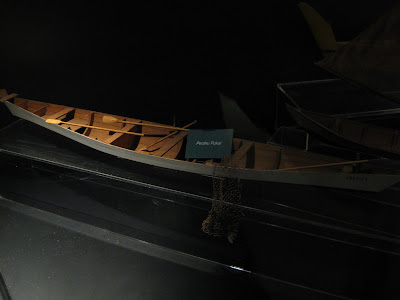
Located at 471 Victoria Street, this mosque is the only one that is tiled blue in the whole of Singapore. This mosque is specially dedicated to Malabar Muslims. They hail from the South Indian state of Kerala.
Interestingly, the magnificent tiling was only completed in 1995, about 40 years after it started! It was opened only in 1963..apparently the mosque ran into cash flow problems. It was declared open on 24th January 1963 by Yang di-pertuan Negara Encik Yusof Bin Ishak.
The blue-tiled mosque, the only one on the island dedicated to Malabar Muslims from the South Indian state of Kerala. Because its walls are topped with a golden sphere, it is also famously known as the ‘Golden Dome Mosque’.
Information retrieved from:
http://www.timeoutsingapore.com/aroundtown/venues/religion/malabar-muslim-jamaah-mosque
































